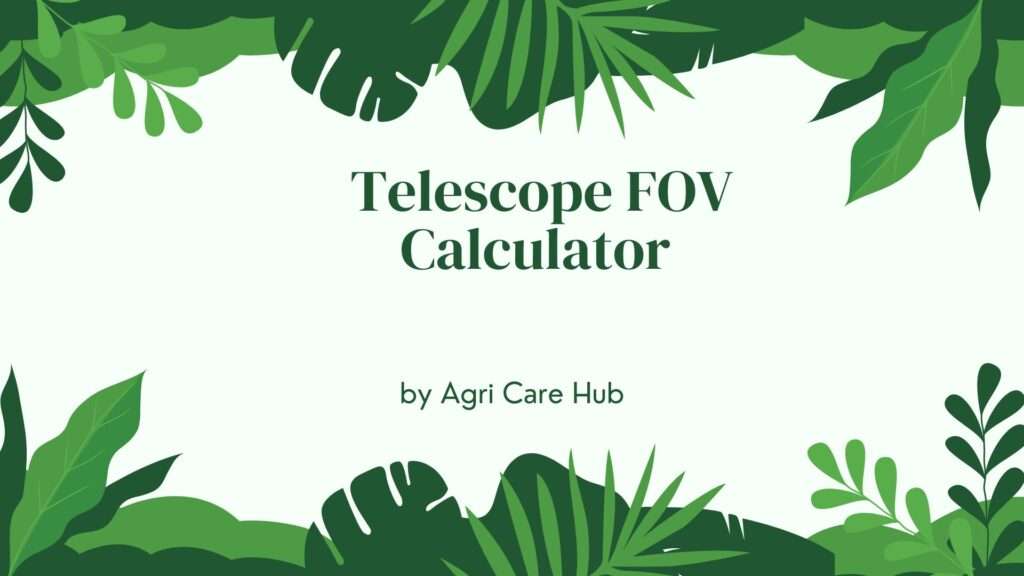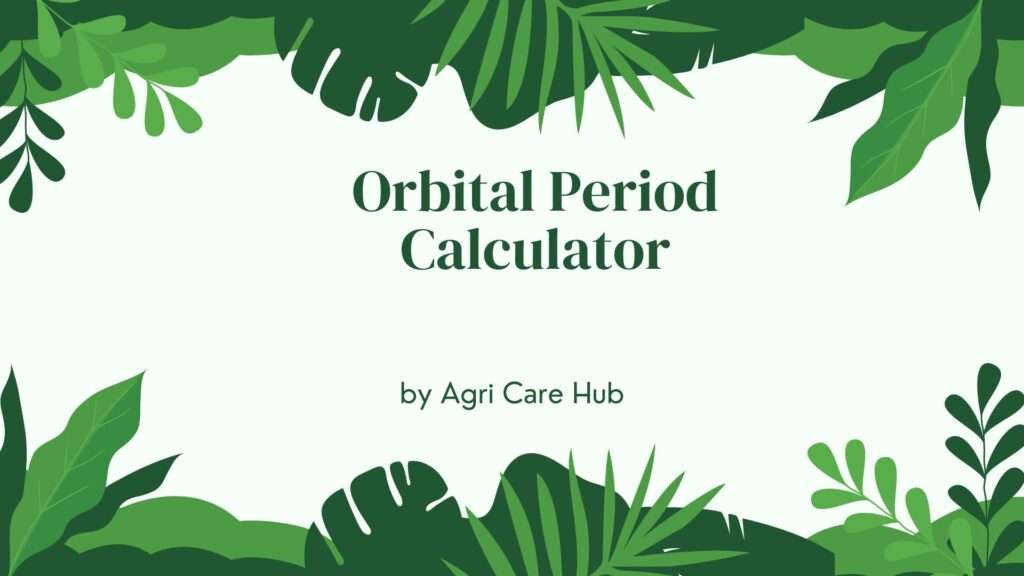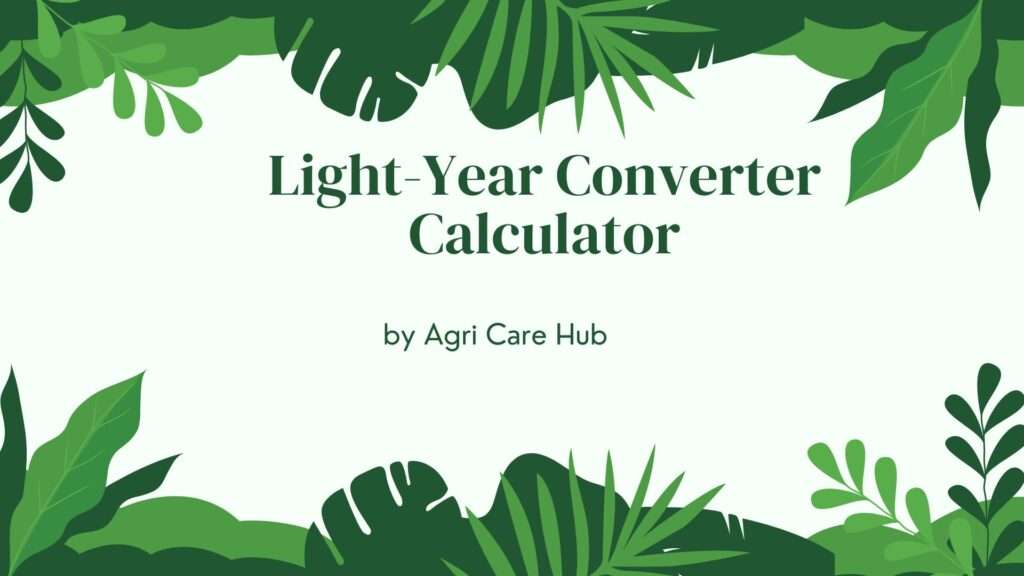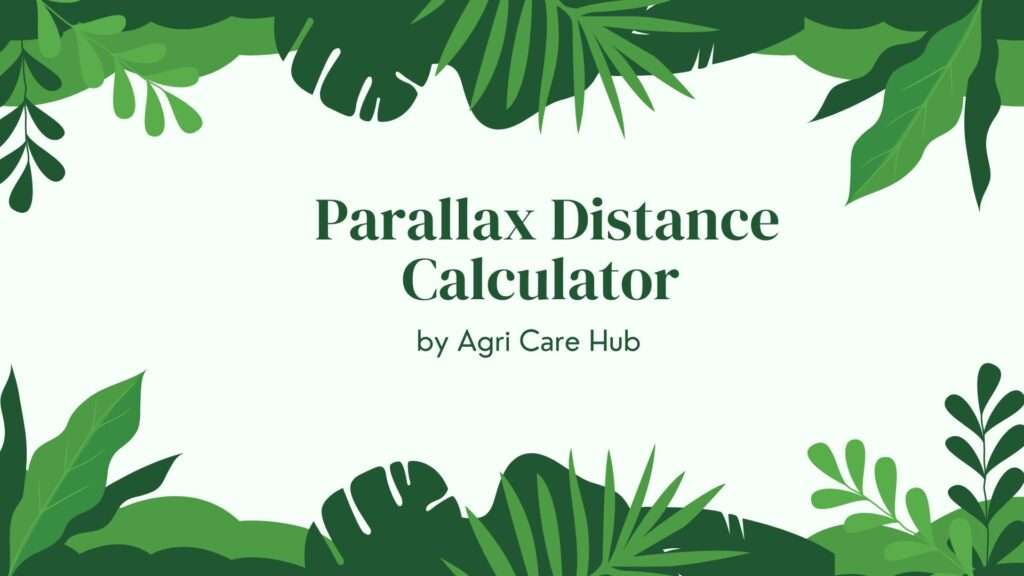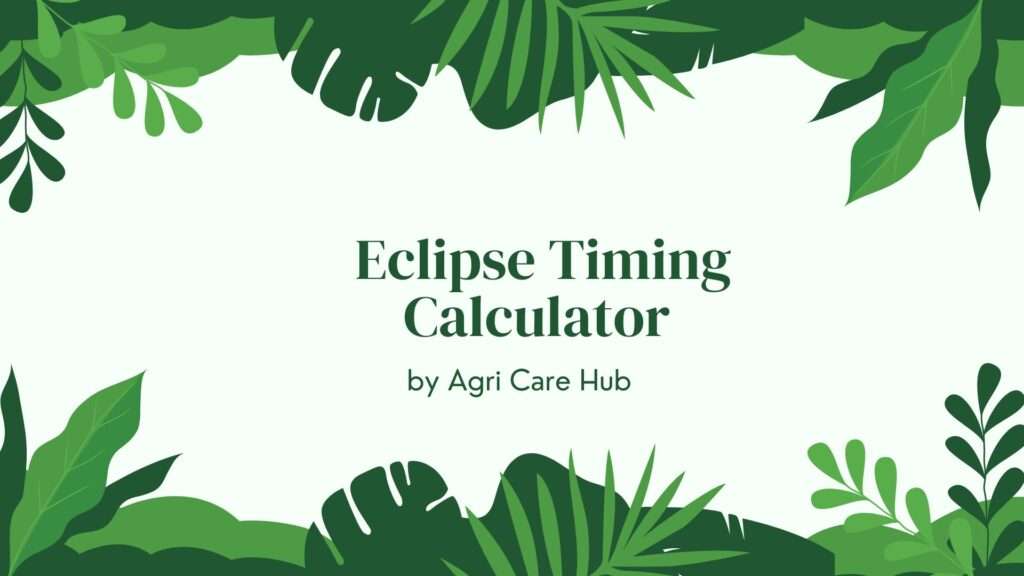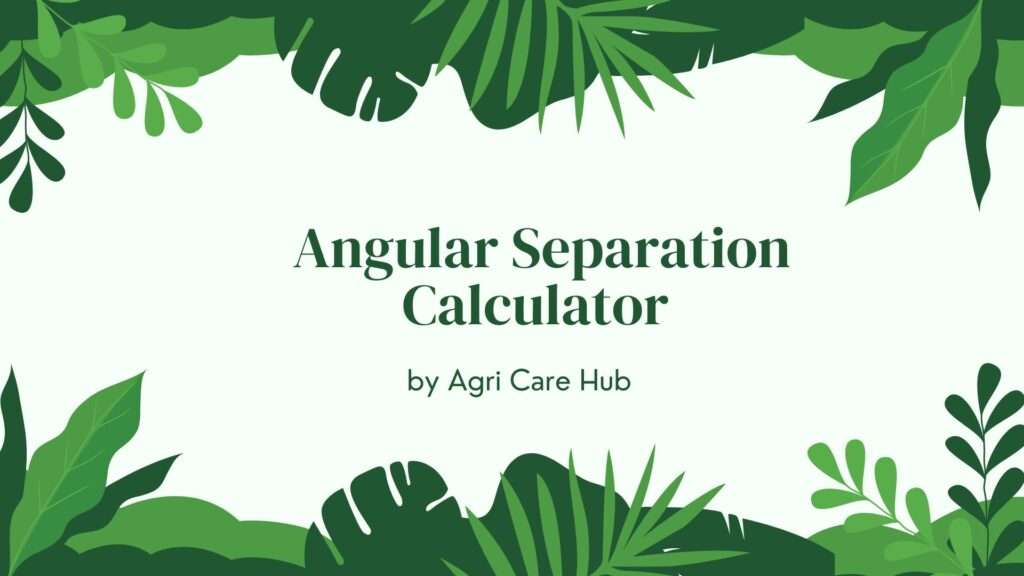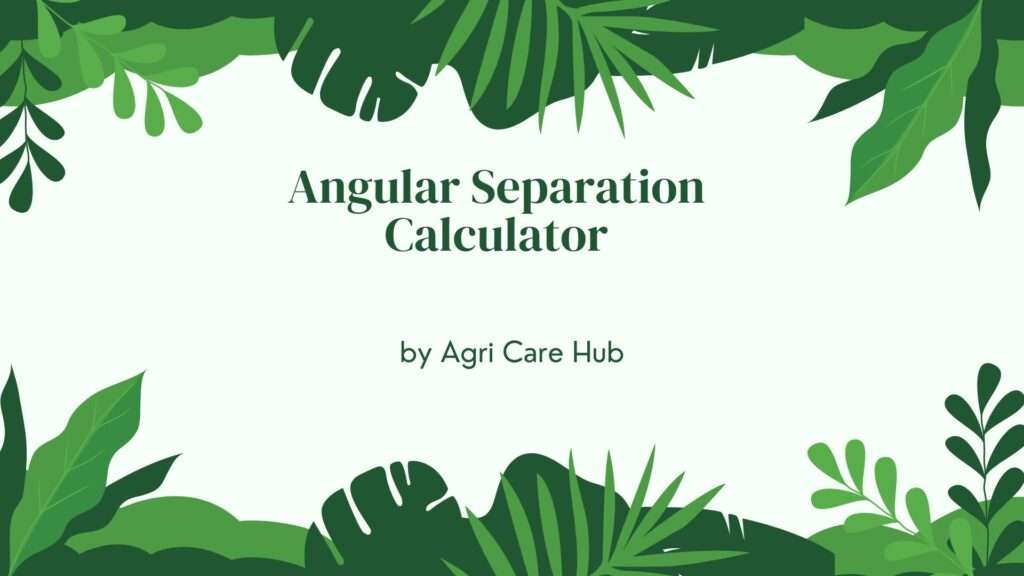Nebula Visibility Calculator
About the Nebula Visibility Calculator
The Nebula Visibility Calculator is a scientifically designed tool to help astronomy enthusiasts determine the visibility of nebulae, such as the Nebula Visibility, based on their telescope’s specifications and local observing conditions. By inputting parameters like telescope aperture and light pollution levels (measured via the Bortle Scale), users can assess whether a nebula will be visible and under what conditions. This tool is perfect for both amateur and professional astronomers planning their stargazing sessions. For additional resources, visit Agri Care Hub for more tools and insights.
Show Importance of the Nebula Visibility CalculatorImportance of the Nebula Visibility Calculator
Observing nebulae, such as the Orion Nebula, requires careful planning to ensure optimal viewing conditions. The Nebula Visibility Calculator simplifies this process by providing a scientifically grounded assessment of visibility based on key factors like telescope aperture and light pollution. Light pollution, measured using the Bortle Scale, significantly impacts the ability to observe faint celestial objects. For instance, a Bortle Class 1 sky (excellent dark-sky site) offers far better visibility than a Bortle Class 9 sky (inner-city). This tool helps users make informed decisions about where and when to observe, maximizing their chances of success.
The calculator uses established astronomical formulas, such as those for limiting magnitude and contrast thresholds, to provide accurate predictions. By understanding the visibility of nebulae, users can avoid frustration and plan their observations more effectively. Whether you’re a beginner aiming to spot the Orion Nebula or an experienced astronomer targeting fainter objects like the Ring Nebula, this tool is indispensable for planning your stargazing adventures.
User Guidelines for the Nebula Visibility Calculator
To use the Nebula Visibility Calculator effectively, follow these steps:
- Telescope Aperture: Enter the diameter of your telescope’s primary mirror or lens in millimeters (e.g., 200 mm for an 8-inch telescope). Larger apertures collect more light, improving visibility.
- Bortle Scale: Select the Bortle Class that best describes your observing location’s light pollution level. If unsure, consult a light pollution map or app.
- Nebula Selection: Choose the nebula you wish to observe, such as the Orion Nebula, Lagoon Nebula, or Ring Nebula. Each has different brightness and visibility requirements.
- Interpreting Results: The calculator will provide a visibility score and recommendations, such as whether the nebula is observable with your setup or if a darker site is needed.
Ensure your inputs are accurate for the best results. For example, overestimating your telescope’s aperture or underestimating light pollution can lead to inaccurate predictions. Always verify your observing conditions before heading out.
When and Why to Use the Nebula Visibility Calculator
The Nebula Visibility Calculator is ideal for planning stargazing sessions, especially when targeting challenging objects like nebulae. Use this tool when:
- You’re planning a trip to a new observing site and need to assess its suitability.
- You’ve purchased a new telescope and want to understand its capabilities for nebula observation.
- You’re deciding which nebula to observe during a specific night or season.
- You want to avoid wasting time at a site with poor visibility conditions.
Nebulae are faint objects, and their visibility depends heavily on equipment and environmental factors. This tool helps you avoid disappointment by providing a clear, data-driven assessment of whether a nebula will be visible. For example, observing the Orion Nebula from a Bortle Class 8 sky with a small telescope may be nearly impossible, and the calculator will inform you of this limitation.
Purpose of the Nebula Visibility Calculator
The primary purpose of the Nebula Visibility Calculator is to empower astronomers to make informed decisions about observing nebulae. By leveraging scientific principles, such as the relationship between telescope aperture, light pollution, and an object’s surface brightness, the tool provides precise visibility predictions. It bridges the gap between complex astronomical calculations and practical stargazing, making it accessible to users of all skill levels.
The calculator also educates users about the impact of light pollution and the importance of choosing the right equipment. For instance, nebulae like the Lagoon Nebula have a lower surface brightness, requiring larger telescopes or darker skies. By providing tailored recommendations, the tool enhances the stargazing experience and encourages users to explore the universe more effectively.
Additionally, the calculator promotes environmental awareness by highlighting the effects of light pollution. Astronomers can use this information to advocate for darker skies or seek out remote observing locations. For further resources on astronomy and environmental tools, check out Agri Care Hub.
Scientific Basis of the Nebula Visibility Calculator
The Nebula Visibility Calculator is grounded in established astronomical principles. It uses the concept of limiting magnitude, which determines the faintest object a telescope can detect under given conditions. The formula for limiting magnitude is based on telescope aperture and light pollution levels, as described in peer-reviewed astronomical literature.
The calculator also considers the surface brightness of nebulae, which is critical for visibility. For example, the Orion Nebula has a surface brightness of approximately 21 mag/arcsec², making it visible in moderately light-polluted skies with a decent telescope. In contrast, fainter nebulae like the Ring Nebula require darker skies or larger apertures. The Bortle Scale, a standardized measure of light pollution, is used to quantify sky brightness, ensuring accurate predictions.
The calculations incorporate the following formula for limiting magnitude:
LM = 7.5 + 5 * log10(D) - 2.5 * log10(S)
Where:
- LM: Limiting magnitude
- D: Telescope aperture in millimeters
- S: Sky brightness factor (derived from Bortle Scale)
This formula, combined with nebula-specific data, ensures the calculator’s results are reliable and aligned with scientific standards. For more details on nebulae, visit the Nebula Visibility page on Wikipedia.


